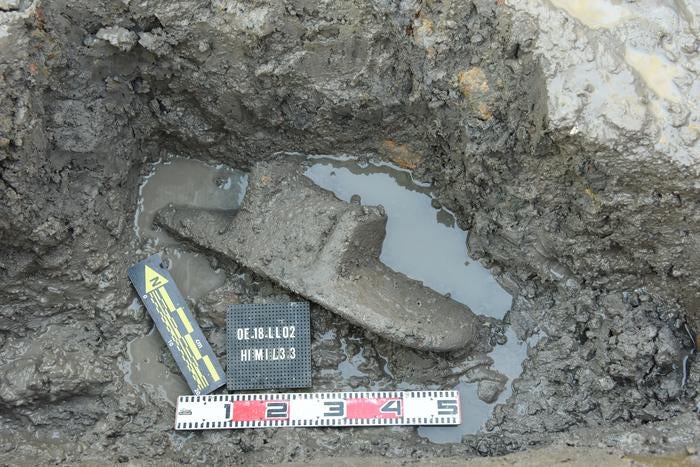Archaeologists discover oldest evidence of curry ever found outside India
‘The artifacts analyzed correspond with archaeological and traditional Indian spice grinding tools’
Curry recipes were introduced in southeast Asia for the first time about 2,000 years ago, according to a new study that finds the oldest evidence of culinary spice trade outside the Indian subcontinent.
The findings, published recently in the journal Science Advances, sheds more light on the role of the global spice trade in shaping world history.
In the research, archaeologists, including those from Australian National University, analysed plant remains from the surfaces of stone grinding tools found in Vietnam.
In the Funan-era archaeological site in southern Vietnam called “Óc Eo”, researchers recovered grinding slabs as well as mortars and pestles that resemble early South Asian stone tools used for curry preparation.
“The artifacts analyzed correspond with archaeological and traditional Indian spice grinding tools, designed to release the flavors and tastes that characterize different spices,” scientists wrote in the study.
They could trace these remains to spices of South Asian and Indonesian origins, which are essential components of modern-day South Asian curries.
South Asia has been a key source of spices for civilisations across Asia and Europe for over 4,000 years.
Spices such as nutmeg and clove from Indonesia also played an essential role in the maritime spice trade during the Funan era (~65-580 AD) by serving as an intermediary trade hub between south Asia and China.
The growth in the use of spices both as preservatives and as flavouring agents for food is also known to have sparked the era of European colonisation of the East.
However, direct biological evidence for the culinary use of spices in both south and southeast Asia during this period of history and earlier times has been limited, researchers say.
Due to the lack of such evidence it has remained unclear whether, or how, these spices may have been used in southeast Asian cuisine during that time.

They also analysed 717 starch grains, pollens, and silica particles from plant tissues found on the surfaces of 12 of these tools.
Researchers could identify rice remnants and spices with origins traced primarily to south Asia and Indonesia.
These included turmeric, ginger, fingerroot, sand ginger, galangal, clove, nutmeg, and cinnamon.
Researchers said the new findings represent some of the earliest evidence for the use of many of these spices, and for curry-making, in southeast Asia.
“We suggest that South Asian migrants or visitors introduced this culinary tradition into Southeast Asia during the period of early trade contact via the Indian Ocean, commencing about 2000 years ago,” scientists wrote.
Join our commenting forum
Join thought-provoking conversations, follow other Independent readers and see their replies
Comments


Bookmark popover
Removed from bookmarks